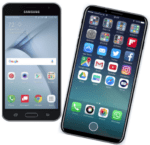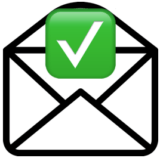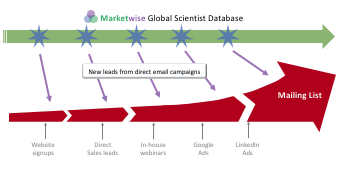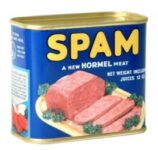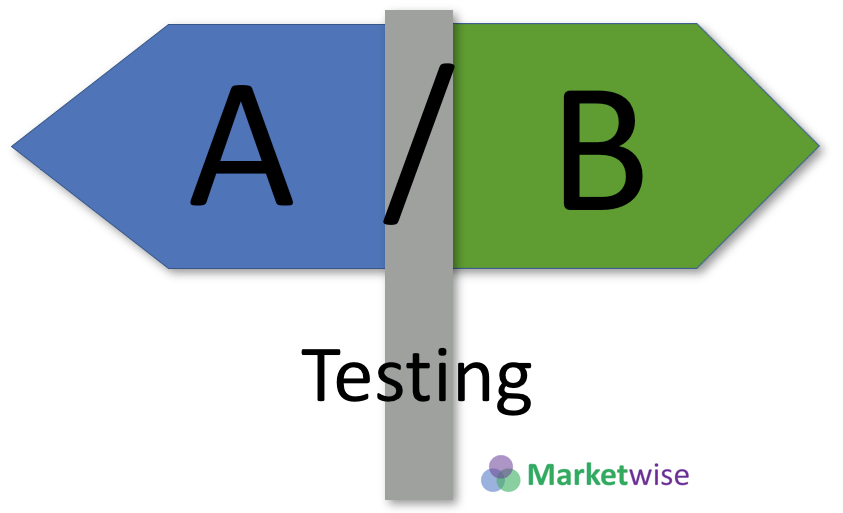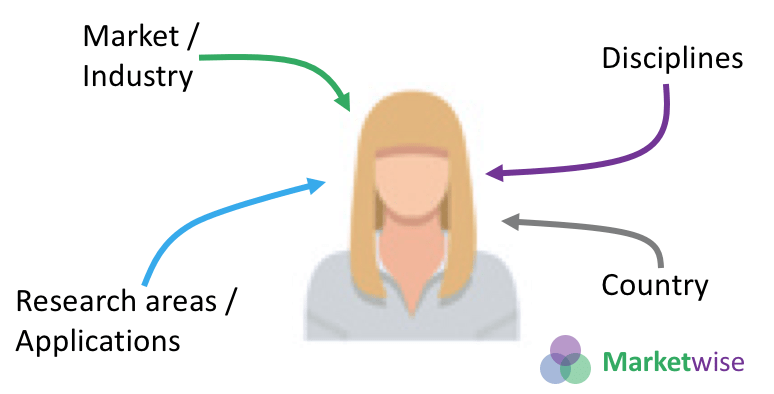How to improve your click rate
After email open rates, improving your click rate is the next most important metric to focus on. A user will typically look for only 2 or 3 seconds at your subject line, to decide whether to open your email or not. Once opened, you can expect a similarly short time.
Research shows a reader will spend an average of 7 seconds glancing at an email.
This time limit is the key factor to bear in mind when trying to improve your click rate. Seven seconds is the average, if your message looks uninteresting or confusing, your reader may give up after only 2 or 3 seconds. So a strong start is important.
As a general point, everything we discuss here must look great on a smartphone.
Related Blog content

Blog: The importance of brevity
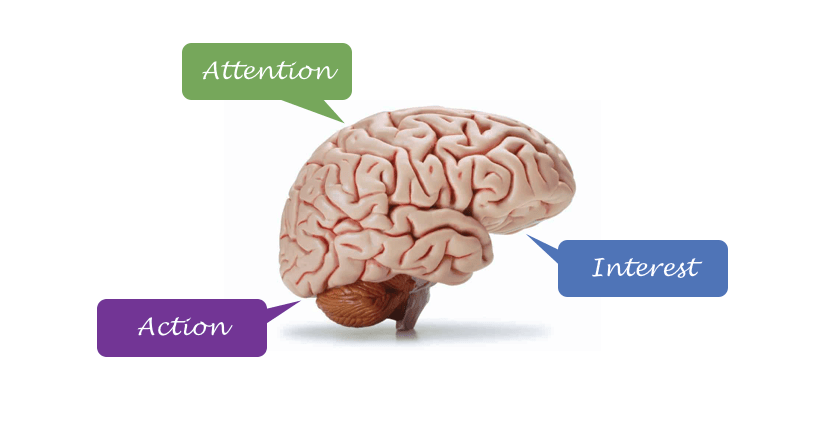
Blog: Anatomy of the Perfect message
Feed their emotions
The subject line should have evoked an emotional response of some type, as we discussed here. The message content needs to respond to that emotion. So continue to build excitement, or reveal more detail to feed curiosity. Feed the fear of missing out further.
By continuing the emotional journey your reader is on, you build trust and increase your chance of a positive outcome.
Now let’s go through some details.
Grab their attention!
The use of a first name to start your message is almost always a good idea. Therefore, your reader will feel that the content is personal to them and is more likely to read on.
Whether personalisation is possible or not, make sure your first sentence contains your most important points.
A weak first sentence can kill an entire message. Make sure it flows from your Subject line and builds interest in your key message.
Focus on keywords of interest
Remember the seven second rule. Make sure keywords that are most important and interesting to your reader are easy to see. Use sub headings and bullet points. Avoid large blocks of text, allow your reader to quickly scan through your mail to find those interesting keywords.
This links nicely to message targeting, you should know the likely interests of your reader. Of course, without good targeting, your message is likely to fall foul of anti-spam laws. So targeting is not optional. You should know your audience’s interests.
Tip:
Focus on your Readers keywords
Keywords that work
The best keywords are the most personal. For most Marketwise run campaigns, personalisation extends to the Name and the area of scientific research a contact is working in.
Further groups of keywords that are shown to improve click rates include:
- Discounts / reductions
- Special offers
- Time limits
Be careful not to make a discount or special offer look like the prime reason for your message. Overly salesy messages can easily fall foul of spam filters.
Anna, discover the latest Oncology break-through
Always write for your reader
High click rates are usually associated with content that is useful, informative, relevant and interesting. Your first priority is to win the trust of your reader. To do that, you should be impartial and unbiased.
Trust is not built by a blatant sales pitch.
Give your reader some genuine benefits from your expert insight. Your reward will be a higher click rate.
Make it personal
No one likes to think their message is one of thousands, coming from a faceless computer. Personal communications are preferred, so make your message look like its from someone. Someone who cares, someone who understands your intended audience and ideally shares their hopes and concerns. This will help build a stronger connection and trust.
Please get in touch. I look forward to hearing from you.

Jeff Smith, Oncology consultant
A picture paints a 1000 words
Humans respond better to a broad visual stimulus than to simple text.
So always include relevant and eye catching images. This will help grab your readers attention and prolong the time they spend reading your actual message.
A simple bullet list with an image against each point can be very powerful.
Have a clear call to action
Too much choice can be paralysing. Your message should have a single call to action, often this will be to fill out an online form.
- Don’t confuse your reader with multiple call to action options.
- Ensure informational links are visually clearly different and look of secondary importance.
- The main call to action should be big, bold and impossible to miss.
Make it easy and simple for your reader to take the next step.
Call to action
For further tips on email marketing, please visit one of the pages below.
FAQ for Email Marketing
Is email marketing worth it?
Many studies have shown a great ROI for email marketing, averaging at a 30x to 40x return. The key is to use high quality data and send relevant, engaging messages. We can advise.
How do I target email marketing?
Build your ideal audience. Based on what market segment they work in, what they do and what they specialise in. Add in geographic location and you have a well targeted email list. Now you need to send relevant and interesting messages to build trust.
How do I improve email open rates?
Two main factors. The subject line and email deliverability. The subject line should be short, create some intrigue or curiosity and avoid spammy words. You build trust with an audience over time.
Email deliverability depends on good email data and a good email reputation.
How do I improve my CTR?
Some quick tips are:
Keep your message short, to the point and easily skim-able.
Be relevant and create curiosity in your audience
Have a single Call to Action button with a clear message on it "Download the report".
What is A/B testing?
This simply means testing two versions of something. Most common is Subject Line testing. Send out two different versions and see which gets the best response. Testing message content is possible as well. Ensure you only change one thing, so you know what made a difference.
How can I avoid the Spam filters?
Two main causes:
1. Technical reasons, poor email reputation and lack of email authentication.
2. Message content is spammy. Cut out flowery language and keep it professional.
What is contact nurturing?
This simply means sending multiple messages over time, to build up trust and a stronger relationship with your audience. Its rare to be able to send a single message and expect a brilliant response. Build trust with a series of engaging messages.


